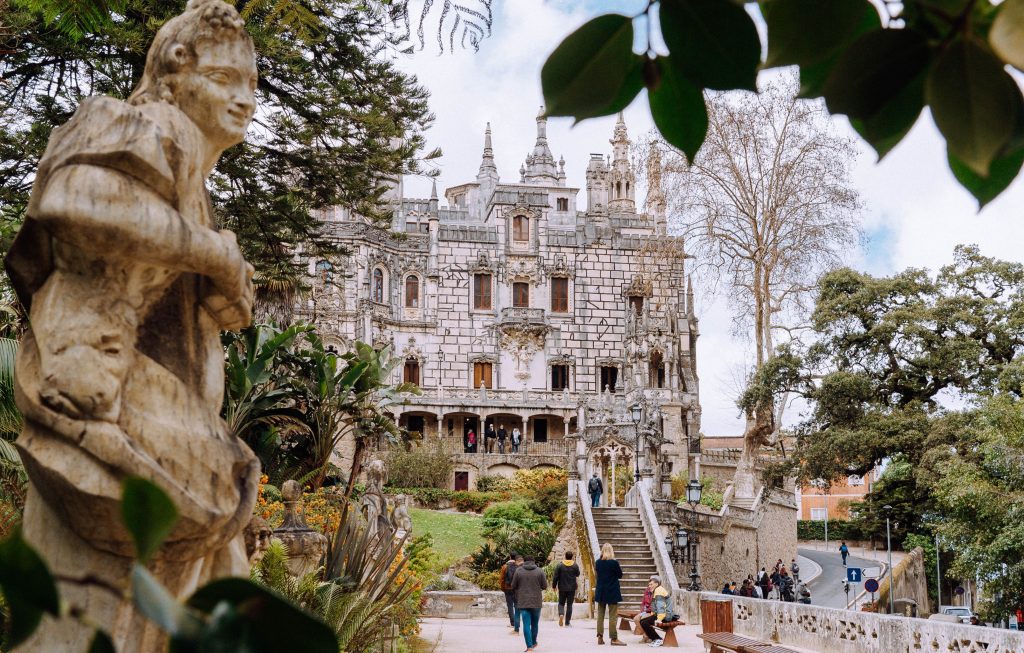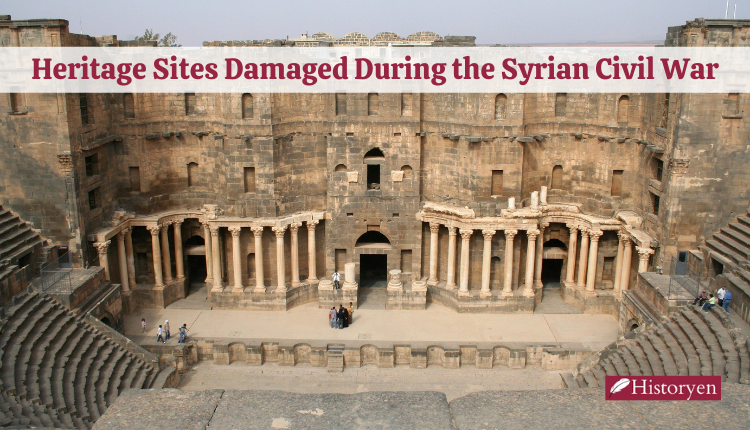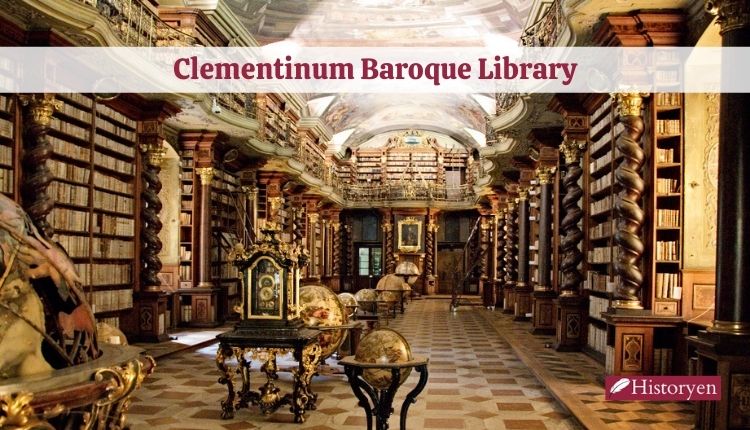Nestled on a historic hilltop estate in Sintra, Portugal, the captivating palace known as Quinta da Regaleira has become a prominent tourist attraction. This architectural masterpiece was envisioned by the eccentric entomologist, António Augusto Carvalho Monteiro, in collaboration with the talented Italian architect Luigi Manini. With its enchanting blend of architectural styles and rich symbolism, the palace has garnered attention for its mystical allure and profound connections to secret societies. In this article, we will embark on a journey to unravel the secrets and delve into the hidden depths of Quinta da Regaleira.
Symbolism and Architectural Marvels of the Quinta Da Regaleira
The grand palace, spanning five floors, harmoniously combines Neo-Gothic, Italian Neo-Renaissance, and Manueline styles, evoking a sense of awe in every visitor. But what truly sets the palace apart is the intricate use of symbols throughout the estate, paying homage to various secret societies. Beyond the palace’s walls, the surrounding quinta boasts an array of captivating features, including grottoes, statues, water elements, an underground tunnel system, and the renowned Initiation Well. While it remains uncertain whether the well served as an actual site for Freemason initiation rituals, it undeniably draws inspiration from and holds familiarity with such practices.
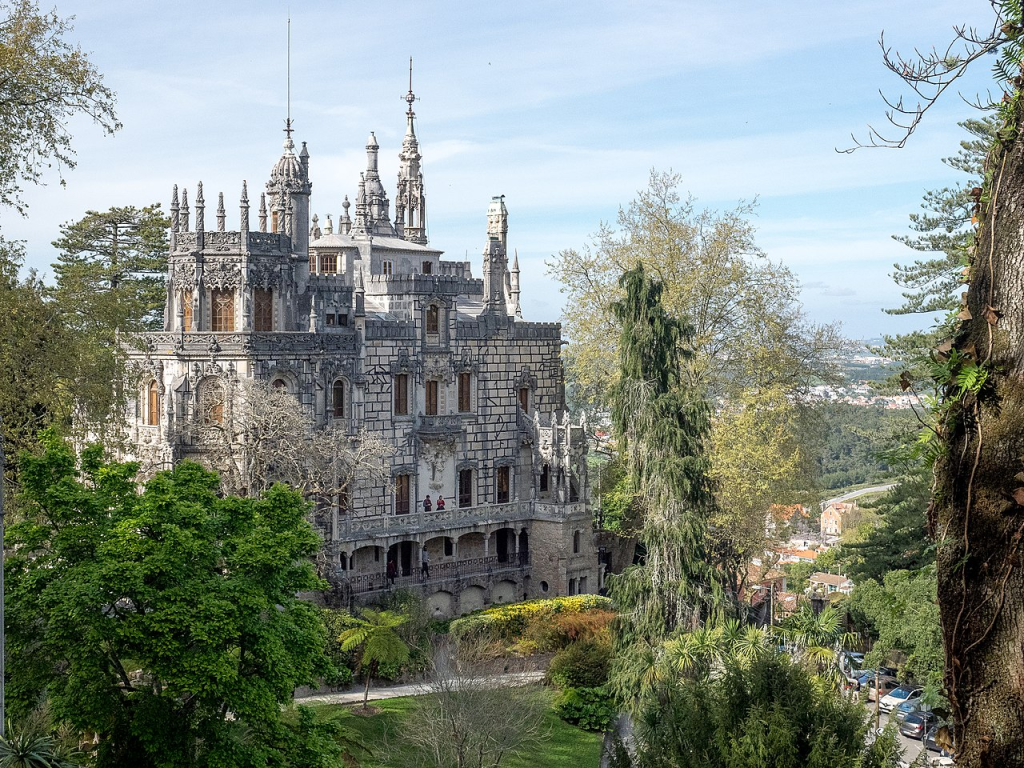
Moreover, Quinta da Regaleira offers subtle nods to alchemy, the Knights Templar, and the Rosicrucians—the latter being a brotherhood that believed in possessing esoteric wisdom from ancient times. While the main chapel predominantly exhibits Roman Catholic imagery, the presence of pentagrams adds an intriguing twist. Monteiro’s eccentricity shines through in every carefully curated detail of the palace.
The Enigmatic Initiation Well inside the Quinta Da Regaleira
One of the most renowned features of Quinta da Regaleira is its pair of wells. The larger well, known as the initiation well or inverted tower, captivates visitors with its nine flights of spiral stairs carved into the wall, leading down to the well’s floor. The number nine holds great significance in Christianity, symbolizing divine plans and finality. This association with numerology can be traced back to Dante’s Divine Comedy, where the nine levels of Hell, Purgatory, and Paradise unfold. Intriguingly, the Knights Templar, consisting of eight members and one Grandmaster who founded the order, also amount to a total of nine. It is widely believed that both Montiero and architect Manini possessed deep knowledge of these symbolic connections, suggesting their potential affiliation with these secret societies.
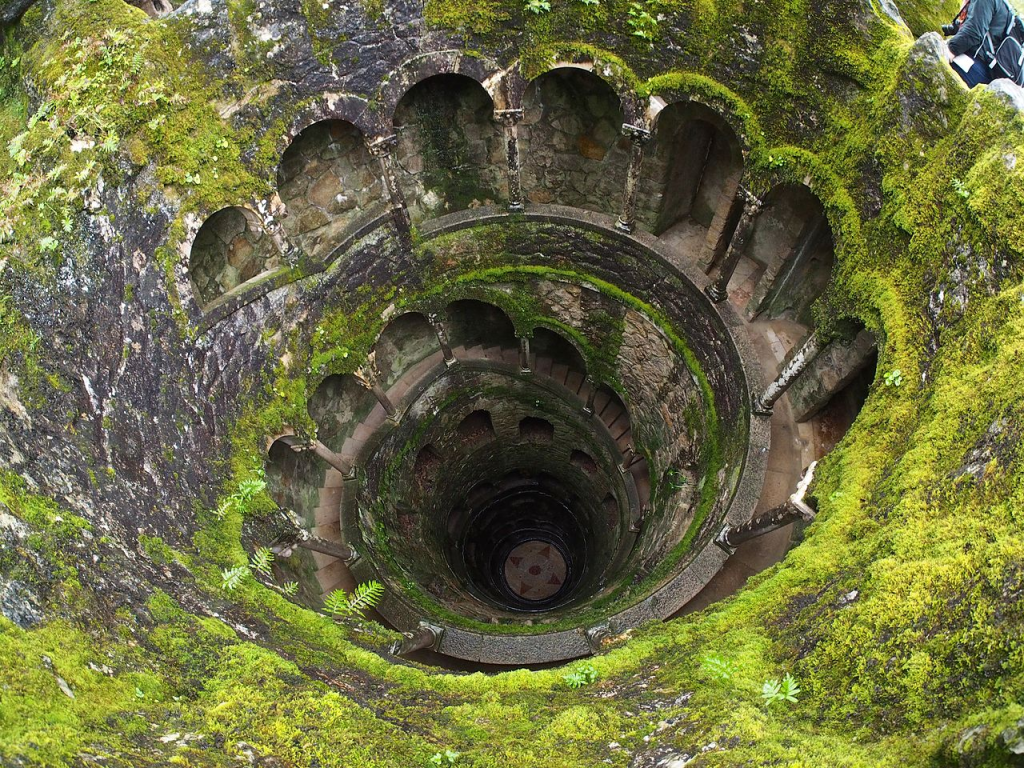
One can imagine an initiation ritual involving a hopeful candidate descending the spiral staircase, navigating a maze of underground tunnels—a fascination also shared by the Knights Templar. At the end of one of these tunnels lies a smaller chapel, leading to other passages that connect to additional areas, including the smaller initiation well and an exit through a grotto mouth, leading back to the grounds.
Layout, Rooms, and Intricate Details
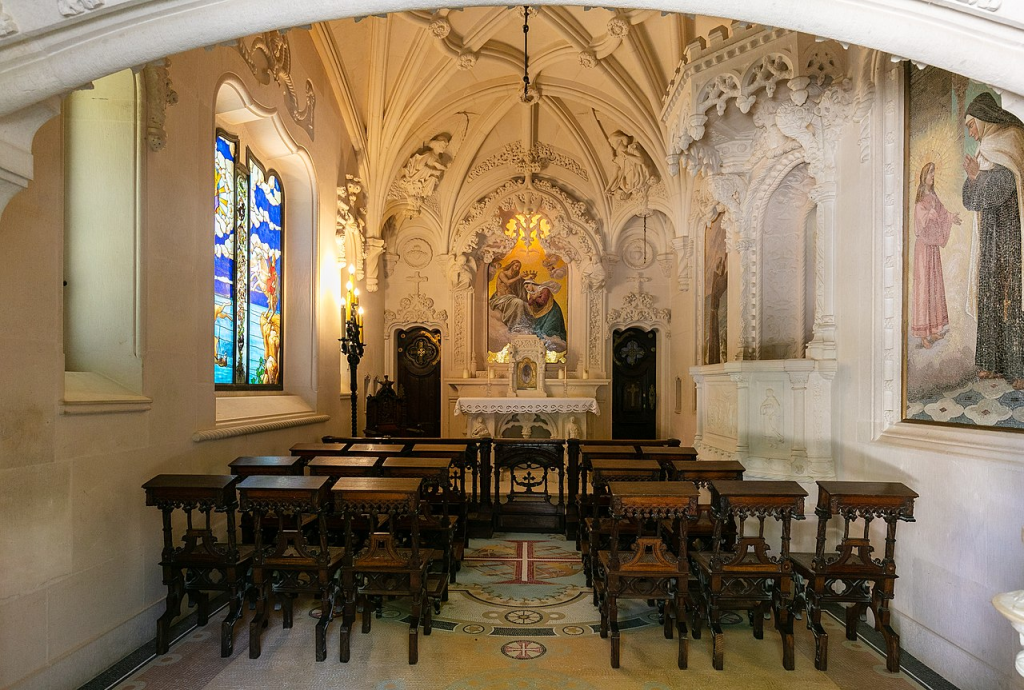
Within the palace’s five levels, a variety of rooms can be explored. On the main floor, visitors will encounter the elegant living room, dining room, and a billiard room. Ascending to the second level, one will discover bedrooms and a dressing room. Monteiro’s office and a few servant bedrooms can be found on the third level, while the top floor offers a small area with access to a balcony, terrace, and a laundry room. The lowest level houses the kitchen, equipped with a dumbwaiter, as well as additional servant quarters and storage space. While the palace boasts lavish architectural details, such as frescoes, stained glass, and engravings, the number of furnishings is surprisingly sparse.
Enchanting Grounds and Fascinating History
The allure of Quinta da Regaleira extends beyond the palace itself, as its grounds offer a captivating ambiance. The juxtaposition of diverse trees and blooming plants creates a lush and otherworldly backdrop, enhancing the allure of the palace and other architectural elements. Among these features is the Fount of Abundance, an imposing marble facade adorned with obelisks, seashells, and serpent-like creatures—a testament to the estate’s mystique.
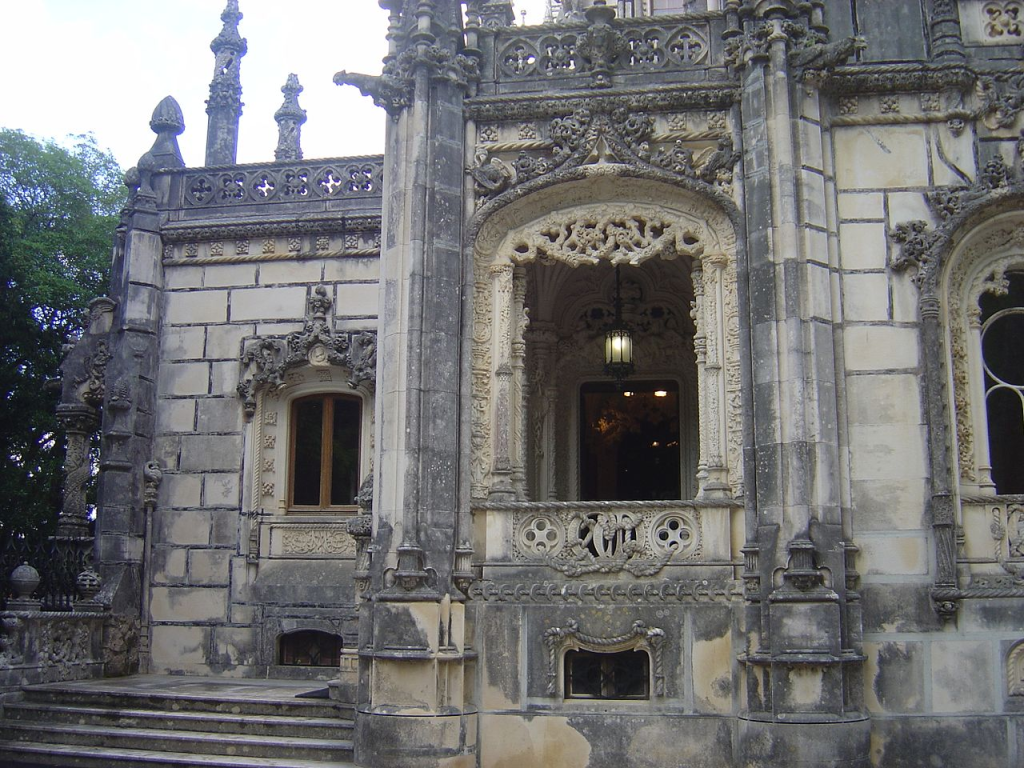
The history of Quinta da Regaleira stretches back centuries. The land was initially occupied by the Romans until it fell under Moorish control. Subsequently, it became the property of the Order of Christ, the continuation of the Knights Templar after their suppression in 1312. In the late 15th century, the area gained association with Queen Leonor of Portugal, followed by the construction of a royal palace by Afonso Henriques, the first king of Portugal, in the late 16th century. Unfortunately, the site suffered significant damage during the 1755 earthquake.
The estate changed hands several times, ultimately falling into the possession of Carvalho Monteiro, who acquired it in 1892 with the intention of building a unique place that would reflect his eclectic mix of ideologies—an ambition he undeniably fulfilled. After Carvalho Monteiro’s passing, the estate was sold to the d’Orey family in 1942 and used as a summer residence. In 1987, the Japanese Aoki Corporation acquired Quinta da Regaleira. Recognizing its cultural significance, UNESCO designated it as a World Heritage site in 1995. Finally, in 1997, the Sintra Town Council purchased the estate, subsequently opening it to the public. The top level of the mansion was transformed into a museum, providing visitors with further insight into the site’s remarkable history.
FAQs
While visitors can marvel at the beauty and significance of the Initiation Well, access to the interior is restricted for safety reasons. However, the surrounding tunnels and other architectural features offer an immersive experience.
The time required to explore Quinta da Regaleira may vary based on individual preferences. On average, visitors spend approximately two to three hours discovering the palace, gardens, and other attractions.
Yes, guided tours are available at Quinta da Regaleira, providing visitors with expert insights into the history, symbolism, and architectural marvels of the estate. Guided tours offer a comprehensive and enriching experience.
While Quinta da Regaleira primarily functions as a public attraction, it is possible to inquire about the availability of certain areas for private events. Specific arrangements and permissions would need to be made through the relevant authorities.
Photography is generally permitted within the estate, but it is advisable to confirm any specific restrictions or guidelines with the staff on-site to ensure compliance with the rules and to preserve the integrity of the site.
